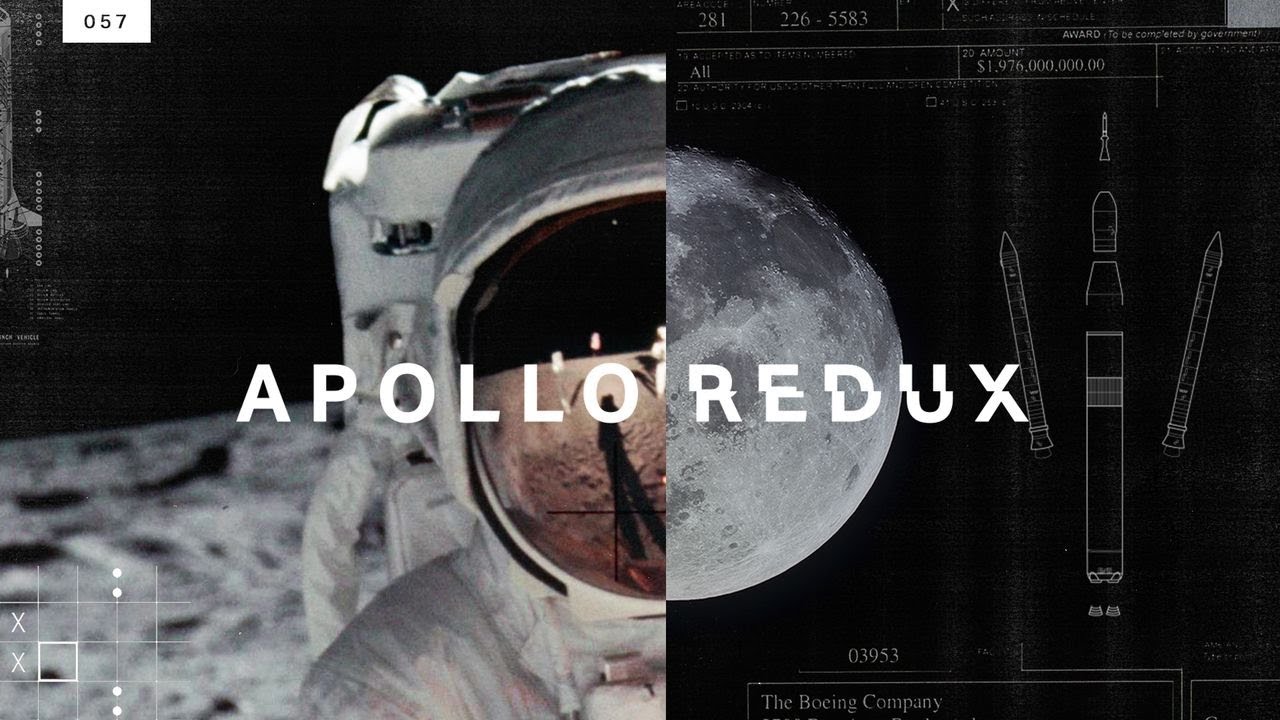Why NASA hasn’t gone back to the Moon

NASA has big plans to return to the Moon by 2024, and it’s banking on the historic Space Launch System (SLS) to get them there.
But after years of delays and cost overruns, skeptics are questioning whether SLS should remain the biggest priority for NASA. As the 50th anniversary of the Moon landing approaches, we take a look at what the future of solar system exploration might bring.
What technological developments are necessary for NASA to be able to return to the moon?
Why NASA Hasn’t Gone Back to the Moon
The moon landing mission in 1969 marked a remarkable achievement for the United States and the world. However, the last time NASA sent humans to the moon was in 1972. Since then, several administrations have proposed returning to the moon, but no mission has been successful. This article explores the reasons why NASA hasn’t gone back to the moon.
Funding
The US government budget also plays a crucial role in whether or not NASA returns to the moon. The space program’s budget was significantly reduced following the Apollo missions, and it proved too expensive to maintain a lunar program. Although NASA has received funding for a moon mission in recent years, it is nowhere near enough to carry out such a significant endeavor. Additionally, the costs of developing and launching a return mission to the moon have grown since the Apollo missions. NASA estimates that it would take around seventy to eighty billion dollars over ten years to return to the moon and establish a permanent base.
Technological Developments
NASA recognizes that several technological developments must be made before we can return to the moon. With the end of the Apollo era, many of the technologies that allowed us to reach the moon have become obsolete. NASA must create the necessary technologies, such as rovers and habitats, capable of withstanding the moon’s harsh environment. This will take both time and money, with a lot of innovative research required to create the necessary technology.
Changing Political Priorities
Another key reason NASA hasn’t gone back to the moon is due to changing political priorities. With every new Administration, there are likely to be shifting priorities and budget allocations. A new president might have different ideas about national priorities and decide to allocate less funding to NASA moon missions. NASA has also had to shift its priorities to focus on climate change research, promoting and maintaining space technology to improve national security, and the development of commercial space travel.
International Collaboration
NASA is exploring opportunities for collaboration with international partners in a united effort to return to the moon. Although NASA has building a sustainable presence on the moon as one of the long-term goals, several countries are interested in participating in the project, including Japan, Canada, and Europe. This international collaboration has the potential to reduce the costs and help develop the necessary technologies for a successful lunar mission.
In conclusion, the reasons for NASA’s failure to return to the moon is multifold, including funding, technological hurdles, changing political priorities, and international collaboration. While NASA remains committed to the goal of returning to the moon and has plans for future explorations, the date for achieving this goal is still up in the air.









Actors Hollywood Dumped After One Hit Role
SNOWDAY | A Clashmas Story ❄️
The Stunning Transformation Of Millie Bobby Brown
What Kim and Pete Think Of Kanye’s Recent Behaviour
10 Eye-Opening Images Of Celebs Before And After Photoshop